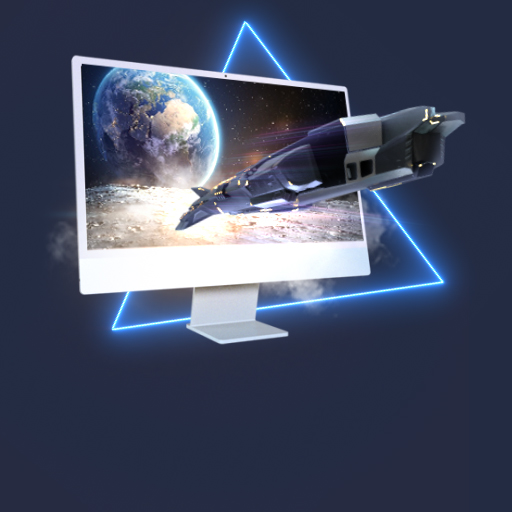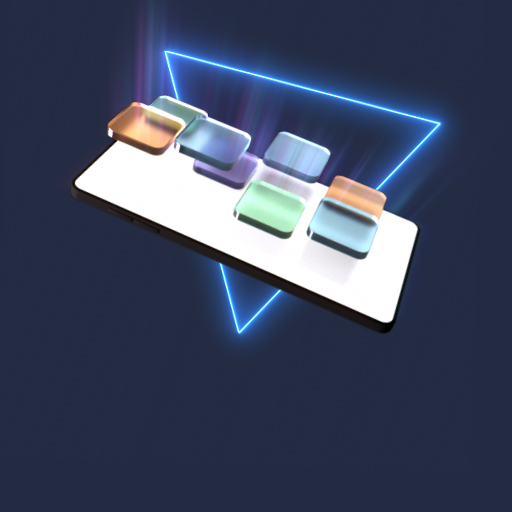Recently, Android 13 and IOS 16 updates were presented. We tell you what flagships rely on when developing interfaces and where to focus their attention on UI / UX designers.
IOS 16
Apple has not introduced major interface changes, only stylistic improvements. Widgets are now available on the lock screen, which will make it easier to view the most important information. Photo processing is simplified — now the user can cut out any object, copy it to the clipboard and paste it into another application.
Changes to iPadOS 16 push the user to combine work on a computer and a tablet. The iPad now has the ability to layer windows on top of each other. Apple is going to introduce the same feature called Stage Manager on Mac this year. Thanks to this feature, you can dynamically change the size of windows, hiding them under the main application. At the same time, all windows will continue to update in the background, and messengers will notify you of new messages.
Android 13
In the presentation of Google I/O, attention was paid to optimizing applications for large screens. The creators of Android updates note consumer demand for tablets and reflect on how the application interfaces for such devices will look like. According to Andre Laban, Google product manager, with the transition from a phone to a tablet, the user expects that the functions in the application will not just stretch, but organically master a new screen space.
Returning to tablets will lead to interest in input devices: stylus, keyboard, mouse. Designers need to think about improving the forms for recording for these devices. The speaker Patrick Fuentes talked about it in detail https://youtu.be/XtImpP23uhE


